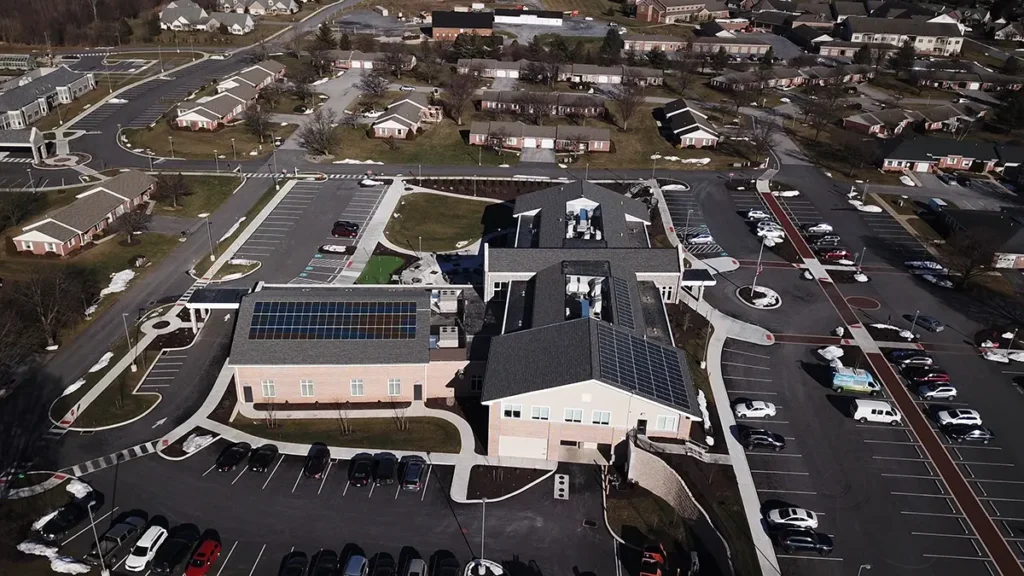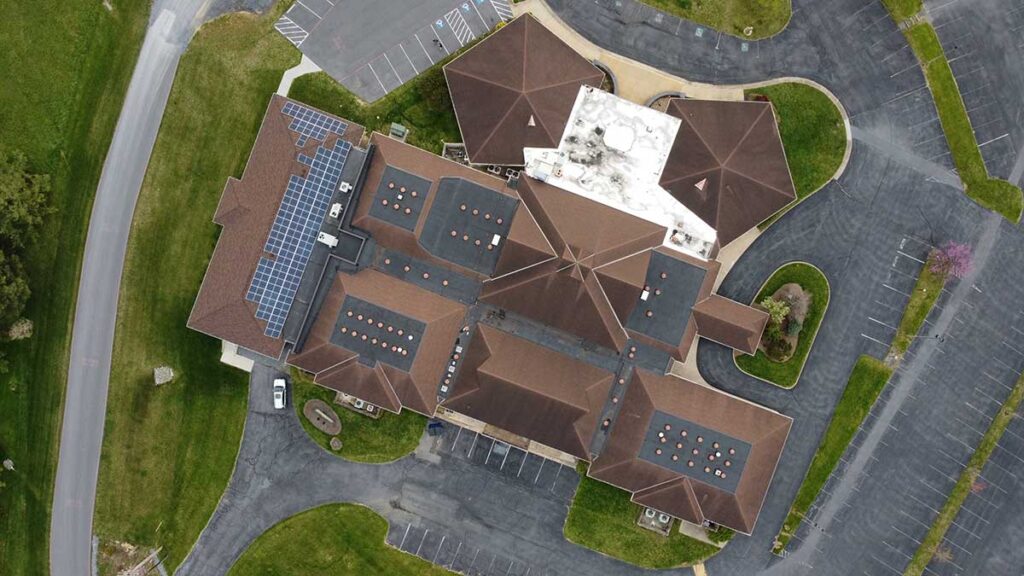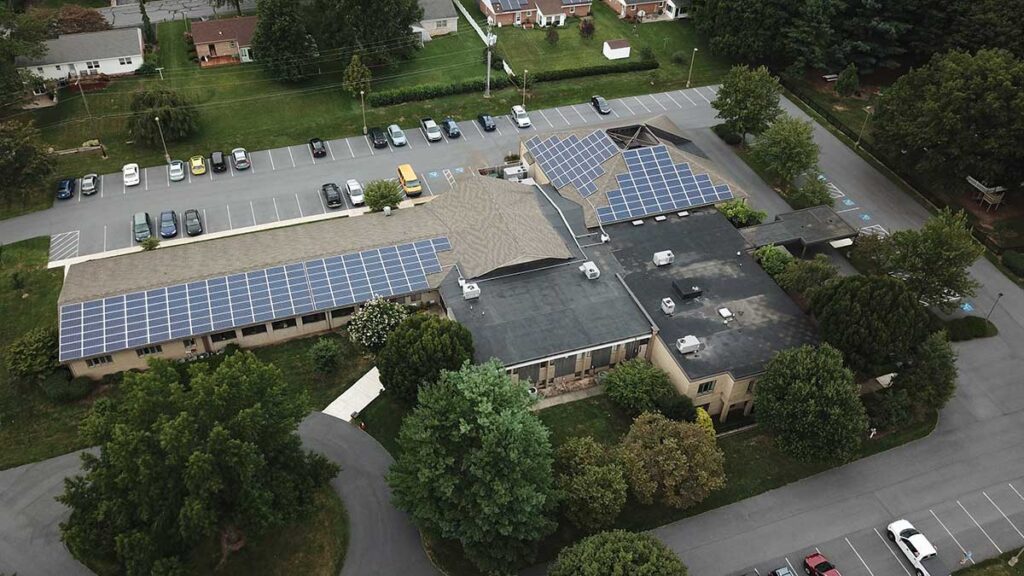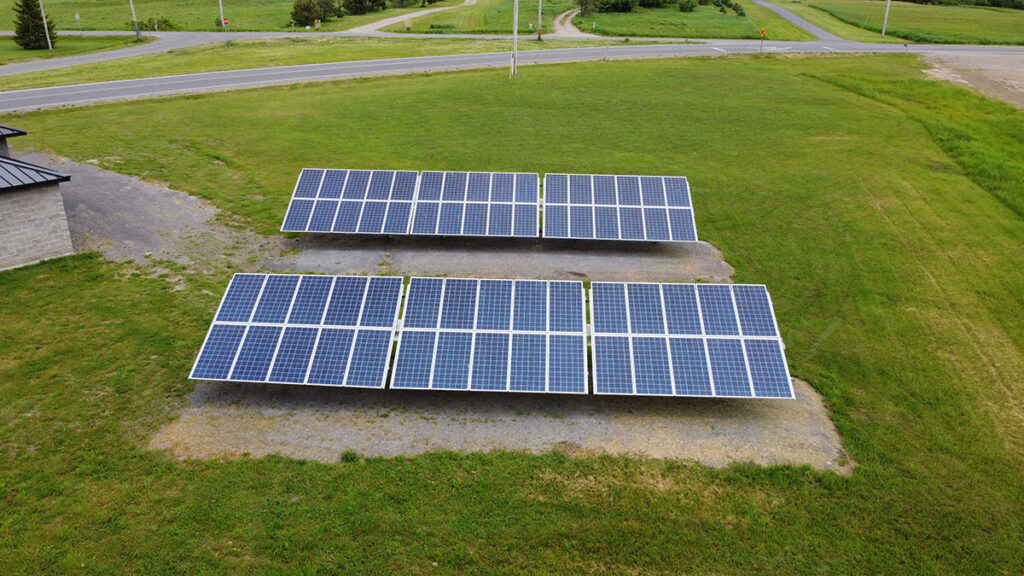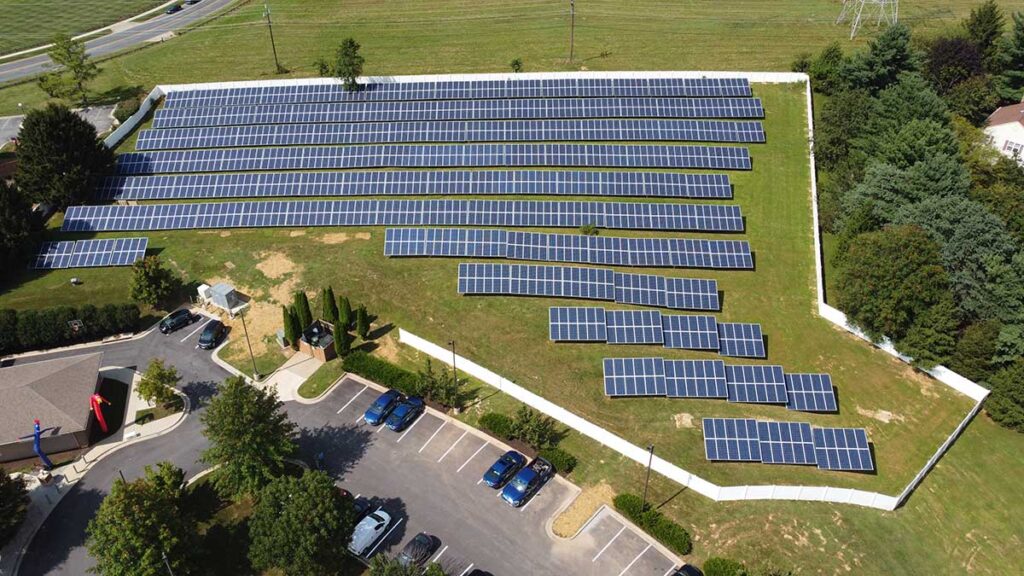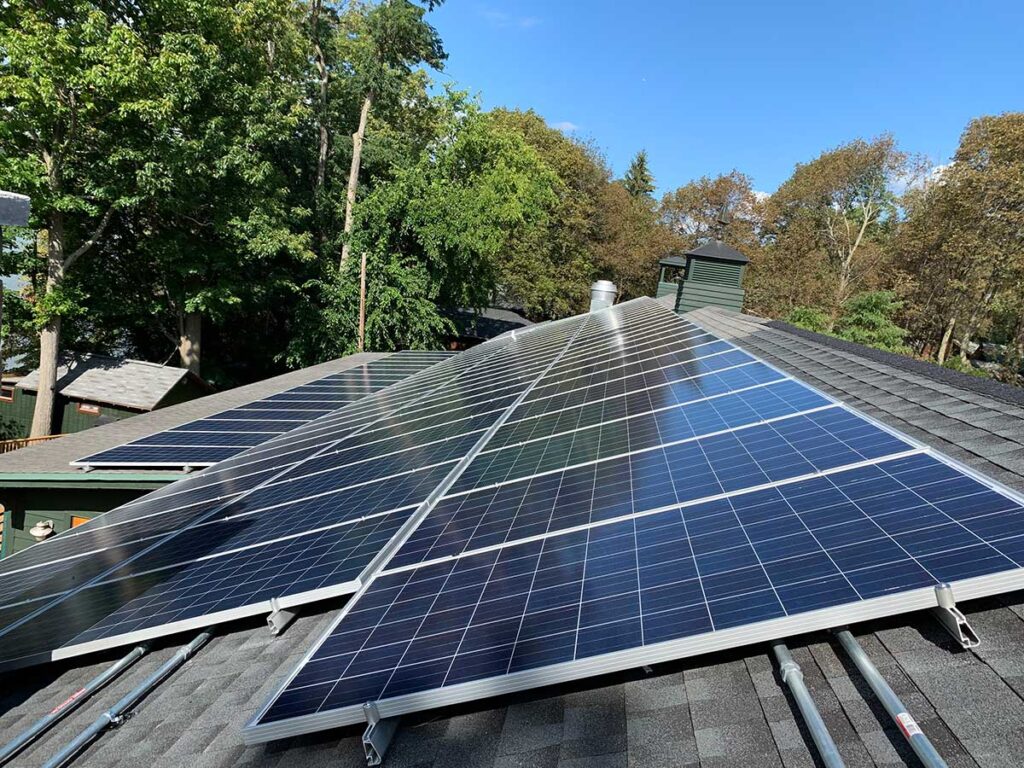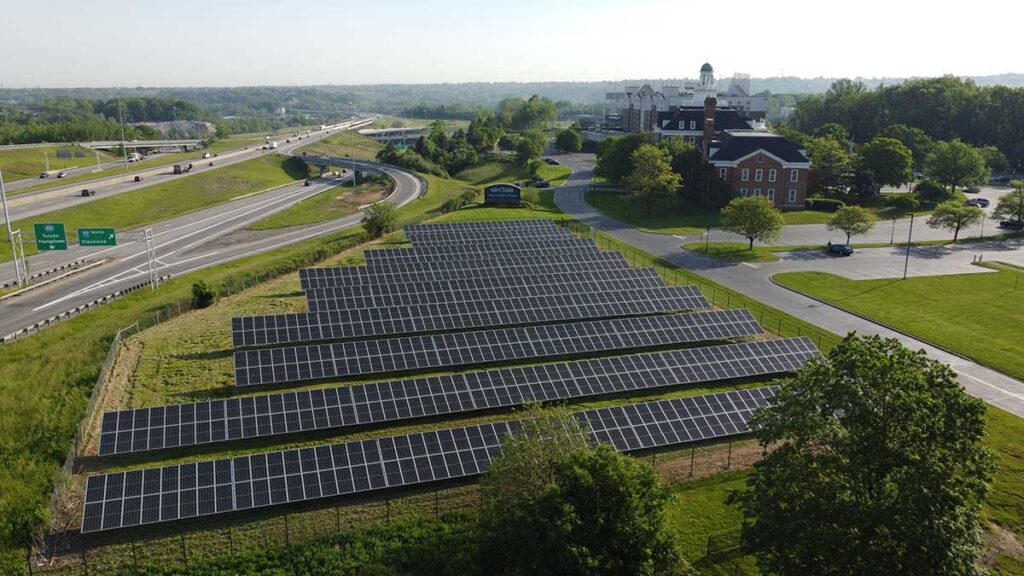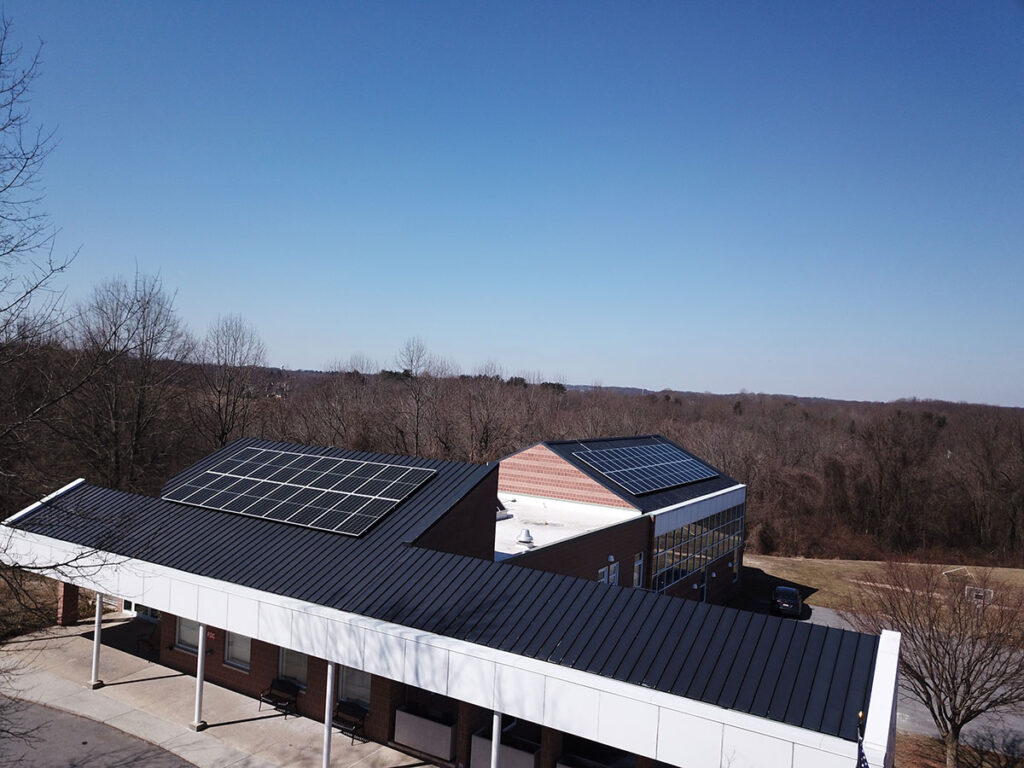Non Profit Solar Energy Installations
Lower your operating costs. Free up more resources for your mission. Get a QuoteProtect Your Budget With Solar
For nonprofits, every dollar counts. Rising electricity bills eat into your budget, leaving less for the people and programs you serve.
With solar, you can take control of one of your largest expenses, cut costs for decades, and redirect those savings where they matter most—your mission.
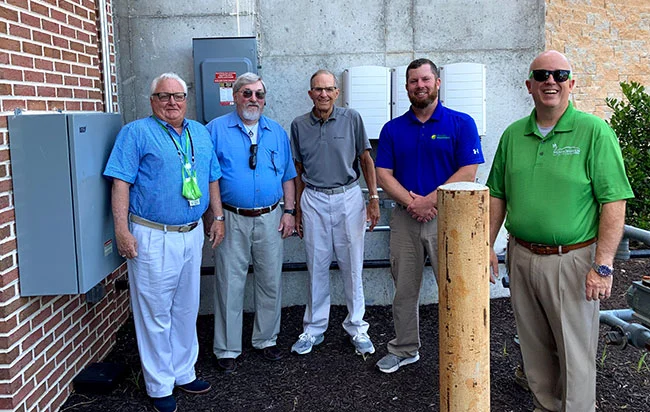
Reduce Costs, Strengthen your Mission
Free Up Cash Flow
Electricity costs are unavoidable, but with solar you can transform them into predictable, long-term savings. That means more of your budget can go toward your programs, your people, and the community you serve.
Save Money Right Away
A solar investment begins paying back immediately. From lower electric bills to grants and SREC income, your organization can see financial relief in year one. And you’ll continue reaping the benefits for decades.
Guaranteed Savings
Our Triple Ten Guarantee protects your investment. If your system doesn’t produce what we promised in the first 10 years, we’ll cut your organization a check for the difference.
Choosing the Wrong Installer Can Be Costly
Not all solar companies are the same. Picking the wrong installer can turn a smart investment into an expensive headache.
- Poor Design & Workmanship
An underperforming system means wasted dollars and a slower return—money that should be funding your mission. - Weak Warranties
Manufacturer warranties alone won’t protect you. Without a production guarantee and installer workmanship coverage, you could face unexpected costs. - Unreliable Support
Some companies disappear after installation. If your system needs support, you’re on your own with unplanned expenses and valuable time away from serving your mission.
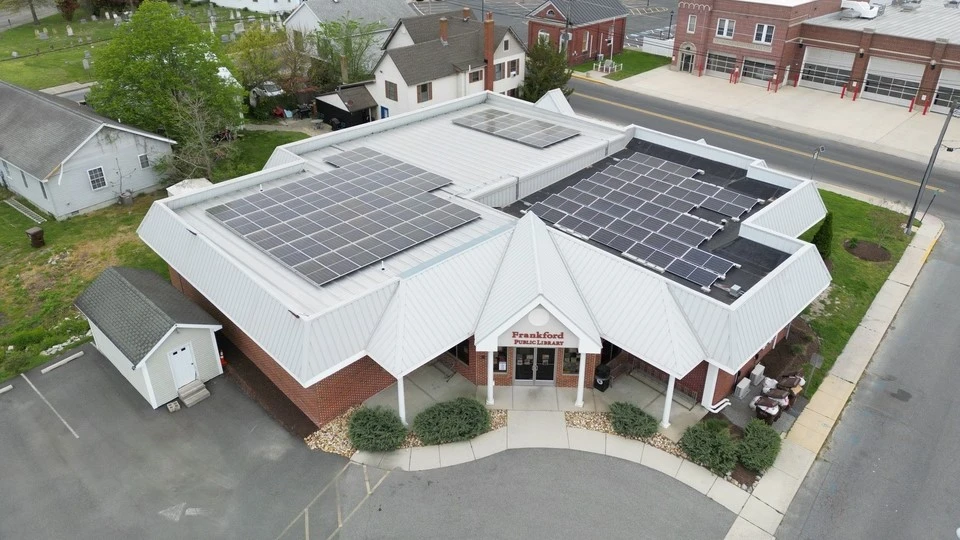
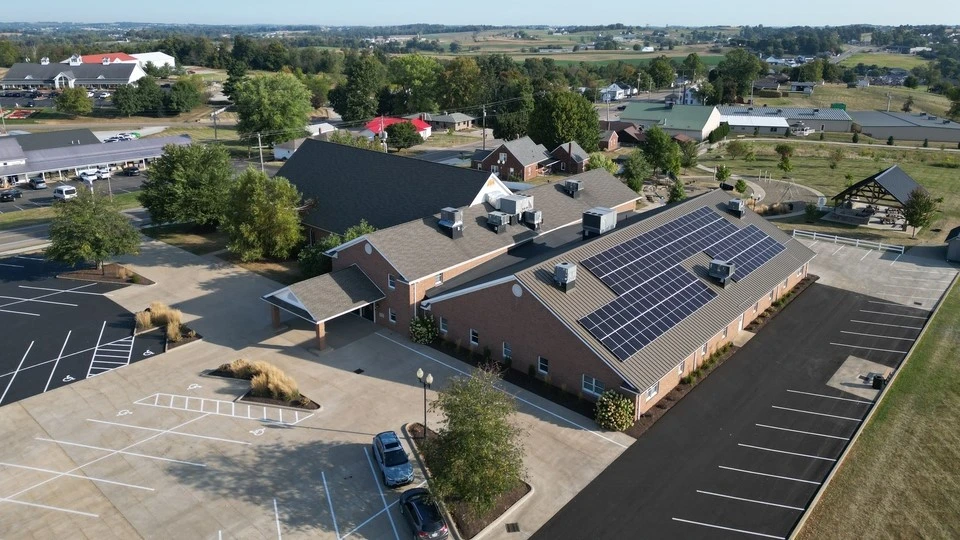
Protect Your Home Solar Investment
With Paradise Energy, you get more than solar panels. You gain an experienced partner committed to helping your organization thrive.
- Smart, Custom Design
We design every system around your unique needs and financial goals, ensuring maximum savings and long-term performance. - Guaranteed Savings
Our Triple Ten Guarantee ensures your solar system performs as promised, providing your organization with a low-risk, high-reward investment. - A Trusted, Long-term Partner
As a family-owned, debt-free company with 16 years of solar experience, we’re here for the long run. We’ve partnered with a wide range of nonprofits, building a proven track record of securing grants and funding opportunities. And with our in-house service team, you can count on reliable support for your system for decades to come.
See Why People Like You Choose Paradise Energy
Our Non-Profit Solar Installations
Solar doesn’t have to be complicated.
We make going solar easy, with clear communication every step of the way so you can keep your focus on your mission.
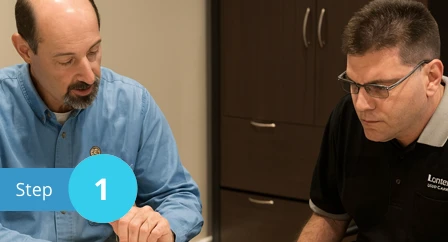
Request Your Site Visit
We’ll visit your site, understand your organization’s goals, and provide a detailed custom proposal within a few business days. Our proposal will provide all the key information you need to make an informed investment decision.
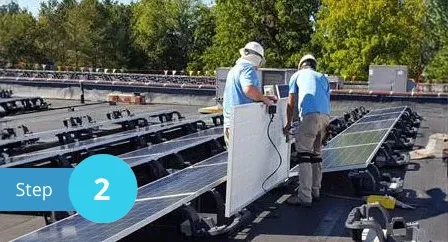
Design, Permitting, and Installation
From grants and funding support to design and construction, we manage the entire process and keep you informed every step of the way.
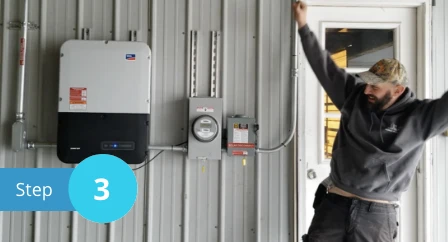
Your Savings Begin
Once your system is up and running, you’ll see immediate savings, and the freedom to invest more into your programs, people, and community.
Non-Profit Solar Cost Estimates
Every nonprofit is different, and so is every solar project. While no two systems are alike, it’s helpful to know the ballpark cost of solar for organizations like yours. The chart below provides typical ranges.
| AVERAGE ELECTRIC BILL | SOLAR SYSTEM SIZE | COST BEFORE INCENTIVES | DIRECT PAY | COST AFTER DIRECT PAY |
|---|---|---|---|---|
| $600 | 50 kW | $133,300 | $39,990 | $93,310 |
| $1,200 | 100 kW | $233,900 | $67,170 | $156,730 |
| $2,400 | 200 kW | $407,900 | $122,370 | $285,530 |
Explore Our Solar Energy Resources and Tools
Frequently Asked Questions
What are the different types of financing options for nonprofit solar?
Nonprofits contemplating the switch to solar energy face a significant hurdle in financing, with two main options at their disposal: primary ownership and third-party ownership.
Opting for primary ownership means that the nonprofit must shoulder the initial expenses of the solar project, whether through direct payments or loans. However, this choice grants them full access to the array of long-term cost-saving benefits that solar energy offers. The recent introduction of the direct payment option under the Inflation Reduction Act has made primary ownership a more feasible and attractive option for nonprofits.
Third-party ownership has historically been the go-to option for nonprofits prior to the direct pay option becoming available. Solar leases and power purchase agreements (PPAs) often present no-money-down opportunities. In this arrangement, an investor covers the system’s costs, and the nonprofit buys the electricity produced at a rate usually lower than that of utility providers. However, this model transfers the tax savings and other incentives to the system owner. It can also complicating property sales due to lease or PPA transfer requirements.
What incentives are available for nonprofit solar?
Nonprofit systems are now eligible for a federal direct pay option, with the payment amount varying based on several factors. Until 2024, tax-exempt entities installing systems will receive a direct payment of 30% of the system’s cost. However, post-2024, the eligibility for the full 30% direct payment for systems larger than 1 MW hinges on meeting domestic manufacturing requirements. Systems not meeting these criteria will see a reduced direct payment, scaling down from 90% of the 30% direct pay in 2024 to no direct pay by 2026. Conversely, systems under 1 MW will consistently receive the full 30% direct pay, irrespective of the equipment used.
Additionally, if specific requirements are satisfied, you can potentially secure up to three extra 10% bonuses.
Visit our nonprofit guide for more info.
How much do solar panels cost for nonprofit organizations?
For a ballpark estimate, a nonprofit organization with an average monthly electric bill of $600 will need a 50 kW solar system. A 50 kW system will cost roughly $147,500 before incentives and $66,803 after all the incentives are used.
Request your free custom quote to get an exact price for your organization.
What are Solar Renewable Energy Credits (SRECs)?
Solar Renewable Energy Credits (SRECs) are a valuable perk that often goes unnoticed by those who are new to solar energy. For every 1,000 kilowatt-hours (kWh) of solar energy their system generates, owners receive 1 SREC. These credits can then be sold in the open market, providing a source of passive income that adds to the benefits of owning a solar energy system.
Visit our SREC blog to learn more and to see how much they are selling for.
What warranties are included with a solar system?
Solar panels come with a performance warranty that guarantees the efficiency will stay above a specified percent. These warranties range from 25 to 30 years, depending on the brand.
Solar panels also come with a product warranty. These range from 12 to 25 years in length.
Inverters come with a warranty of 12 to 25 years depending on the brand and type.
In addition to manufacturer warranties, Paradise Energy provides an added layer of security with our Triple Ten Guarantee. This guarantees the production of the system for the first 10 years. It also covers workmanship issues.
Visit our product warranties blog to learn more.
How much maintenance or upkeep is required?
PV solar systems require very little maintenance over their 30+-year lifespan. Unless your solar system has bad parts, was installed incorrectly, or an outside factor causes damage to the system, there’s little maintenance needed to keep your solar system running.
Plus, if something goes wrong, there is a good chance it will be under warranty. Your panels and inverters come with lengthy warranties from the manufacturers.
Paradise Energy adds an additional layer of security with our Triple Ten Guarantee. This guarantees the production and workmanship for the first 10 years.
Here’s more on solar panel maintenance.
Estimate Your Installation Cost, ROI and Savings
Wondering what solar really costs and how quickly it pays back? Our free Price Estimator tool gives you instant answers. In just a few clicks, you’ll see a ballpark system cost, estimated savings, ROI, and payback period. No salesperson required.

